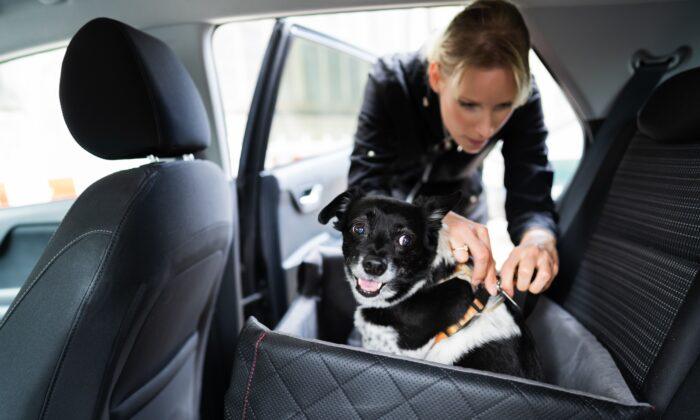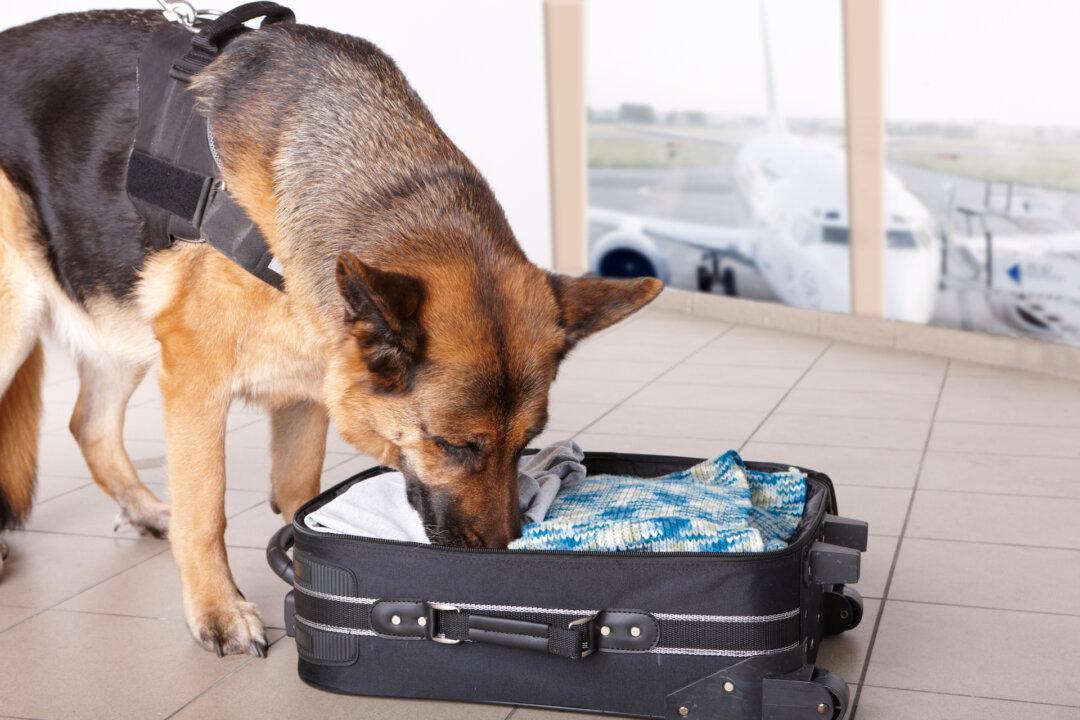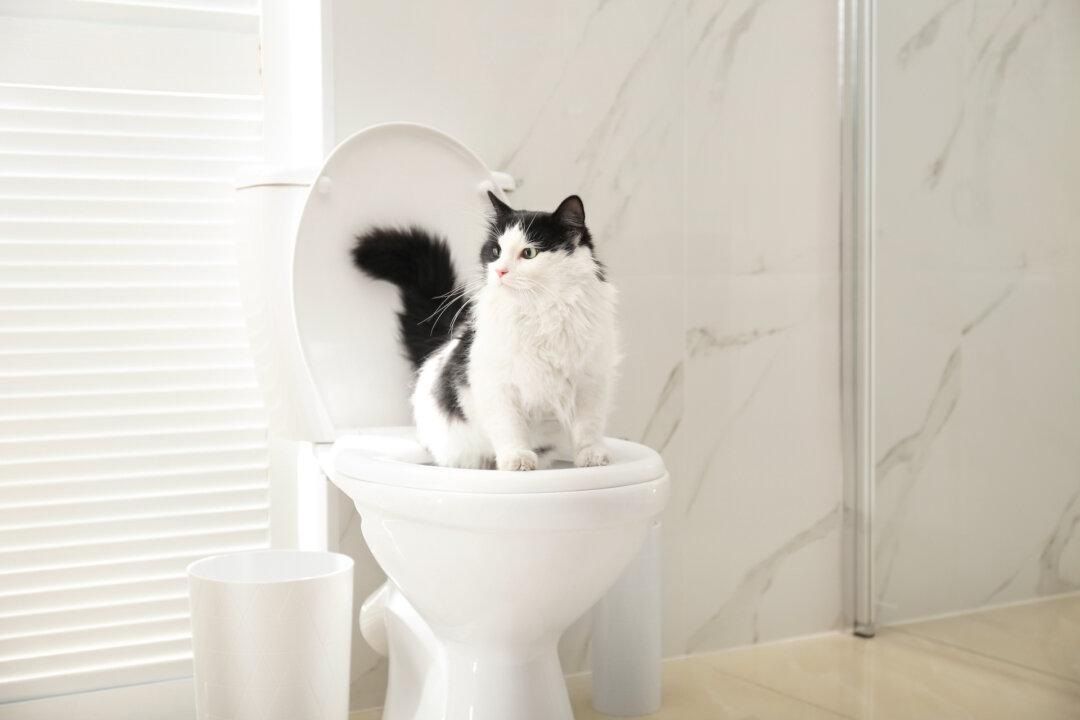If she’s small, she can ride in a carrier held in place by a seatbelt. If you have a station wagon, van, or SUV, June can travel in a crate anchored to the back walls of the vehicle. If she’s large but your car isn’t roomy enough to accommodate a crate, fit her with a harness secured to a seatbelt in the back.
If June is in the front seat while you drive, she can wander around your feet or distract you and cause an accident. In an accident, she is likely to be injured and slam into you, jeopardizing your control of the car.
Proper back-seat restraint prevents these problems. Additionally, it keeps June from jumping from the car and getting hit by the vehicle behind you.
Purchase a carrier, crate, or harness certified by the nonprofit Center For Pet Safety. After working with engineers to develop valid test procedures using dog and cat crash test dummies, the center has been evaluating pet carriers, crates, and harnesses that make claims about “testing,” “crash testing,” or “crash protection.”
The real advantage, though, is that the AlphaTRAK is more accurate for pets than human meters, which report incorrectly low levels of blood sugar, called glucose, when cat or dog blood is tested.
In one study in which results were classified as low, normal, or high, five human glucose meters incorrectly classified 39 percent of the pets’ blood glucose levels. When results are so inaccurate that they fall into the wrong diagnostic category, the decision to increase or decrease an insulin dose will be needlessly incorrect, endangering the pet’s life.
This problem arises because of the difference between human and pet blood. In humans, 58 percent of the glucose circulates in the watery portion of the blood, called the serum—compared with 93 percent for cats—with the remainder in the red blood cells.
Glucose meters measure the total glucose in the blood and translate it into a serum glucose number. That’s the number veterinarians and physicians are accustomed to since large testing laboratories report serum glucose levels.
AlphaTRAK meters register values that are within 1 percent of those reported by a large veterinary testing laboratory. So using the AlphaTRAK helps you and your veterinarian make valid decisions about whether and how to change Floyd’s insulin dose.
Another good veterinary glucose meter is the VetMate. Research shows that the AlphaTRAK and VetMate glucose meters are the most accurate in pets.
By the way, home testing of blood sugar is especially important for cats, who often develop stress hyperglycemia, an abnormally high blood sugar level induced by stress, when they’re at the animal hospital.






Friends Read Free